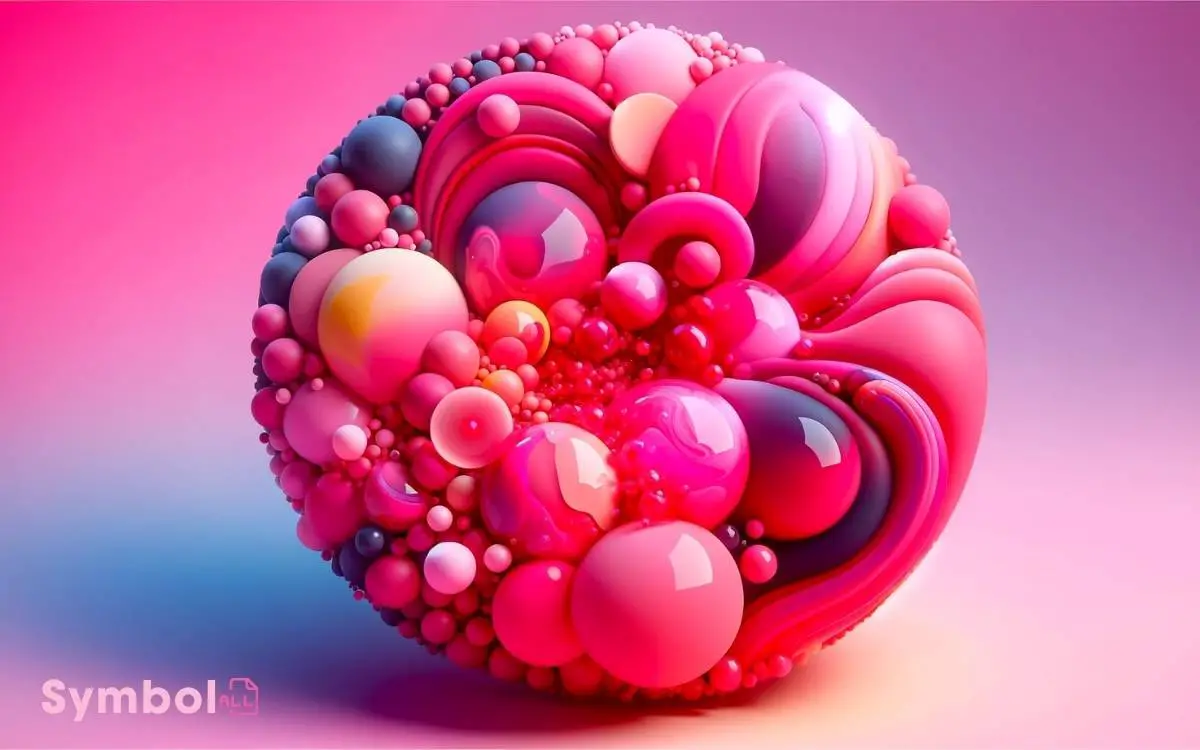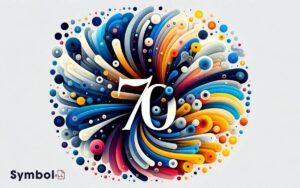What Does the Color Hot Pink Symbolize? Rebellion!
Hot pink reveals more than just a vivid splash of color. It’s a vibrant declaration of rebellion and fearless individuality. Born in a time of cultural upheaval, it challenged traditional color norms, embracing diversity and freedom of expression.
It’s not just playful; it embodies a spirit of defiance, daring you to break conventions and embrace life’s lighter side. Hot pink also asserts a powerful version of femininity, symbolizing strength, empowerment, and a refusal to be overlooked.
Beyond its playful and feminine connotations, it stands as a bold emblem of societal challenge. This color’s rich history discloses diverse layers of meaning, hinting at its complex symbolism.

Key Takeaways
Origins of Hot Pink
To truly understand the symbolism of hot pink, it’s essential to explore its vibrant origins, which trace back to the mid-20th century when it first burst onto the fashion scene with a bold defiance against traditional color norms.
This era, marked by societal shifts and a burgeoning youth culture, found its visual expression in hot pink’s unapologetic vibrance. You’ll see that its emergence wasn’t merely a fashion statement but a cultural rebellion.
Designers and trendsetters of the time wielded hot pink as a tool for challenging the status quo, embedding it with meanings of liberation and non-conformity.
Its adoption signaled a break from the past, embodying a future that embraced diversity and freedom of expression. Through this lens, hot pink’s significance extends far beyond its aesthetic appeal, serving as a beacon for change and empowerment.
Symbol of Playfulness
Exploring the symbolism of hot pink further, we discover its role as a symbol of playfulness, embodying a spirited and joyous defiance that resonates deeply in contemporary culture.
This vibrant shade isn’t just a visual feast; it’s a declaration of fun, suggesting an openness to experience and a zest for life.
Hot pink doesn’t whisper; it shouts, encouraging spontaneity and the breaking of conventions. Its boldness serves as a reminder to embrace the lighter side of life, to find joy in the mundane, and to approach the world with a sense of wonder and amusement.
Ultimately, hot pink captures the essence of playfulness, offering a visual cue to let loose, laugh often, and enjoy the moment.
Expression of Femininity
Hot pink embodies a bold expression of femininity, challenging traditional perceptions with its vibrant hue and dynamic presence. This color doesn’t whisper; it shouts, asserting a confident and unapologetic version of womanhood.
Unlike softer pinks that often symbolize gentility and grace, hot pink speaks to strength, empowerment, and a fearless embrace of one’s femininity.
It’s a color that refuses to be overlooked, much like the modern woman who stands firm in her convictions and identity.
Emblem of Rebellion
Hot pink stands not only as a vibrant choice of hue but also as a powerful emblem of rebellion, challenging societal norms and expressing individuality with defiance.
This shade, bold and unapologetic, diverges from the traditional palette, symbolizing a break from conformity.
Embracing hot pink signals a refusal to be boxed into conventional roles or expectations, marking the wearer or user as someone who dares to stand out.
It’s a color that demands attention, not just for its brightness but for what it represents: a challenge to the status quo.
Influence in Pop Culture
In pop culture, hot pink has emerged as a symbol of not only style but also empowerment, permeating various facets from fashion to music, where it challenges traditional aesthetics and inspires a bold, unconventional approach.
It’s not just a color; it’s a statement, representing a fearless embrace of individuality. Artists and designers wield hot pink to push boundaries, making it synonymous with avant-garde movements and the fight against societal norms.
You’ll see it on the red carpet, in iconic music videos, and splashed across influential social media platforms, signaling a departure from the mundane towards the extraordinary.
Hot pink’s vivid hue commands attention, serving as a powerful tool for those looking to make a mark and challenge the status quo, embodying a spirit of rebellion and innovation.
Conclusion
Essentially, hot pink isn’t just a hue; it’s a declaration. Like the bold strokes of Warhol’s pop art, it challenges norms, embodying playfulness, femininity, and rebellion.
This color transcends mere aesthetics, embedding itself in the fabric of pop culture and societal shifts. It mirrors the evolution of identity and expression, proving that, akin to a phoenix rising from ashes, it symbolizes resilience and transformation.
Hot pink isn’t just seen; it’s felt, a vibrant testament to boldness and change.






